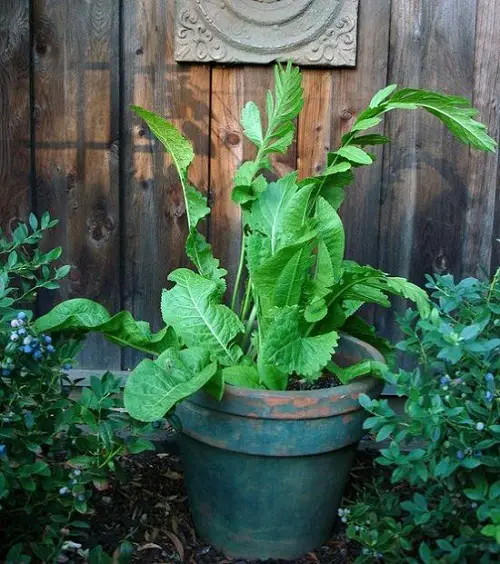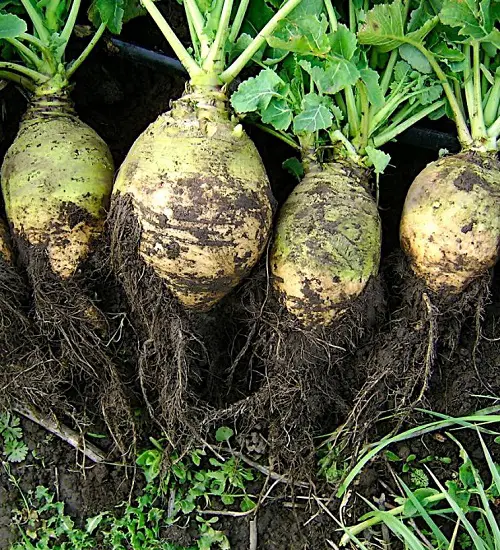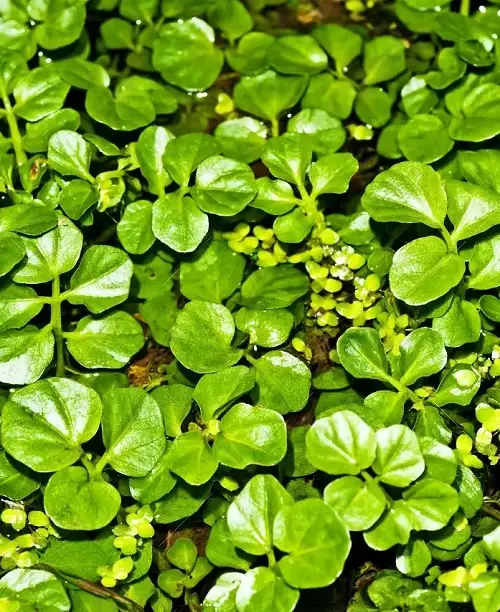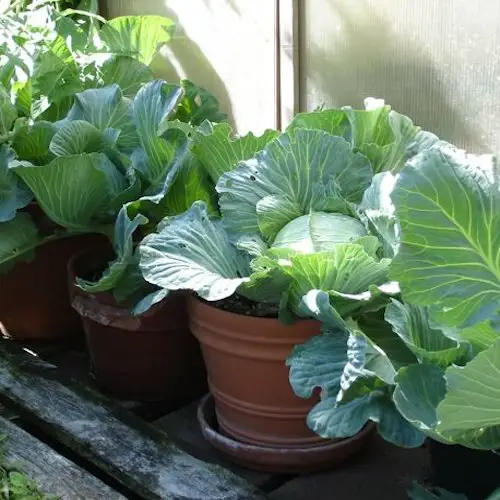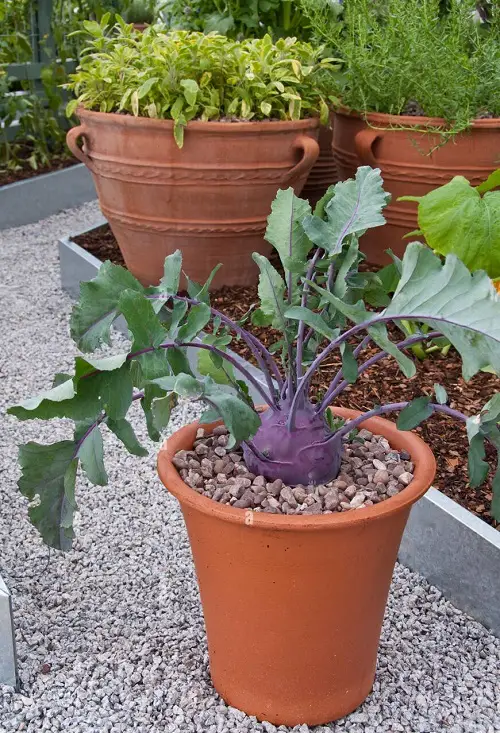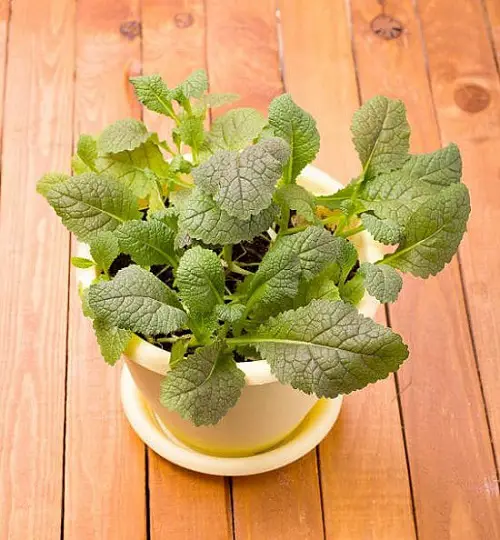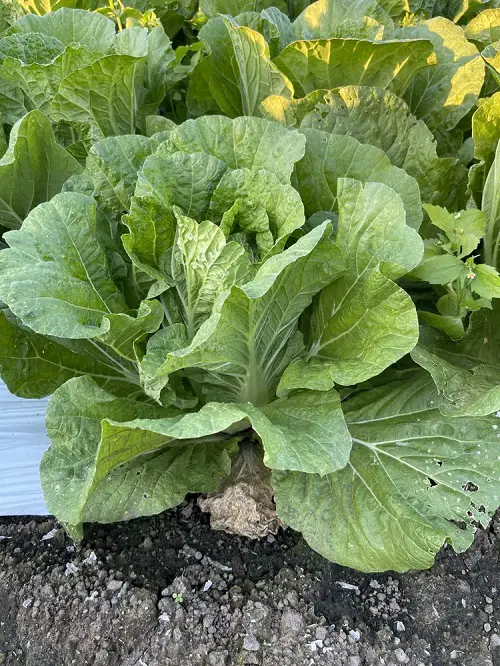If you want to add something tasty yet nutritious food in your daily diet, you need to include these Cruciferous Vegetables in your menu!
Discover the Best Cruciferous Vegetables, offering a unique blend of nutrition and flavor to elevate your meals and promote a healthier lifestyle.
What are Cruciferous Vegetables?
Cruciferous vegetables, including broccoli, cauliflower, cabbage, kale, bok choy, arugula, Brussels sprouts, collards, watercress, and radishes, belong to the mustard family. The term “cruciferous” originates from the Latin Cruciferae, meaning “cross-bearing,” due to the four-petal cross-like structure.
While these veggies may look different, they offer similar health benefits. They’re packed with essential vitamins and minerals like folate and vitamin K. Dark green cruciferous vegetables, in particular, provide vitamins A and C, along with phytonutrients. These natural compounds can help fight inflammation and lower the risk of cancer.
Additionally, they are rich in fiber and low in calories, promoting a feeling of fullness without overeating.
Cruciferous Vegetables
1. Arugula

Botanical Name: Eruca vesicaria
Arugula, a leafy green with a peppery taste is a top pick for salads, is rich in nitrates and polyphenols. Growing it in your garden is simple: Just plant the seeds in well-draining soil, give plenty of sunlight and you’ll have fresh leaves in a few weeks!
2. Broccoli
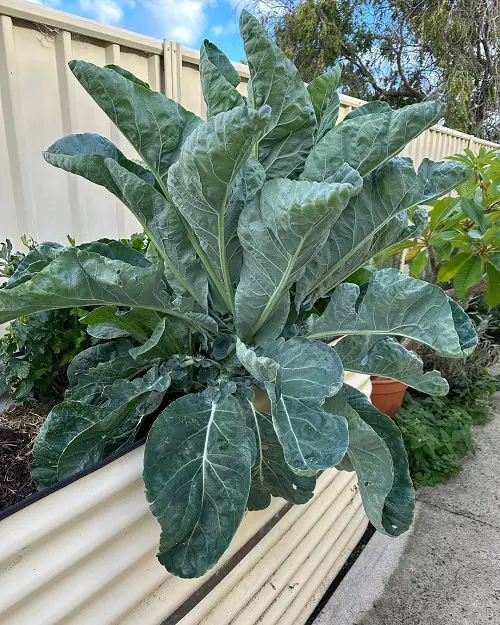
Botanical Name: Brassica oleracea var. italica
Broccoli is a powerhouse of vitamins C, K, and A, fiber, and folate. To grow it, plant seeds or seedlings in fertile soil and provide consistent watering. Broccoli does best in cooler weather, so avoid excessive sunlight exposure for tender leaves.
3. Horseradish
Botanical Name: Armoracia rusticana
Horseradish is a cruciferous vegetable, which is an excellent source of antioxidants that shield cells from damage. For best growth, make sure it gets plenty of bright and indirect light all day long.
4. Bok Choy
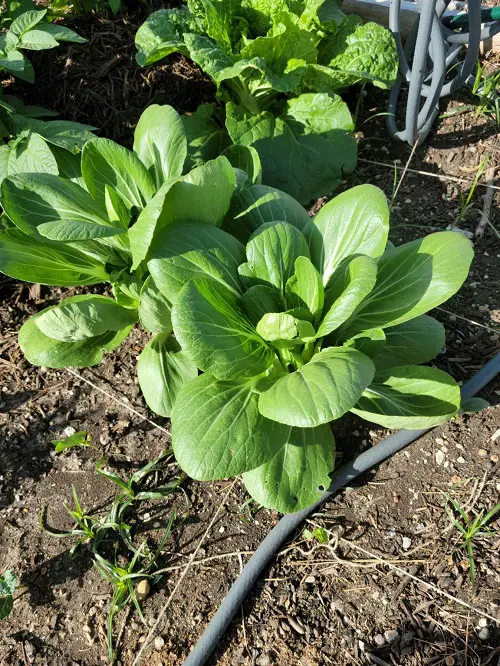
Botanical Name: Brassica rapa subsp. chinensis
Bok choy is rich in vitamins C and E, which is the reason why you must have it in your diet regularly. To ensure its good growth, plant it in rich, moist soil and harvest individual leaves as needed.
5. Radish
Botanical Name: Raphanus sativus
Radishes are quick-growing, spicy veggies with vitamin C, potassium and fiber. To grow these cruciferous vegetables in your gardens, sow seeds directly into the soil and keep them well-watered for crunchy, flavorful roots.
6. Brussels Sprouts
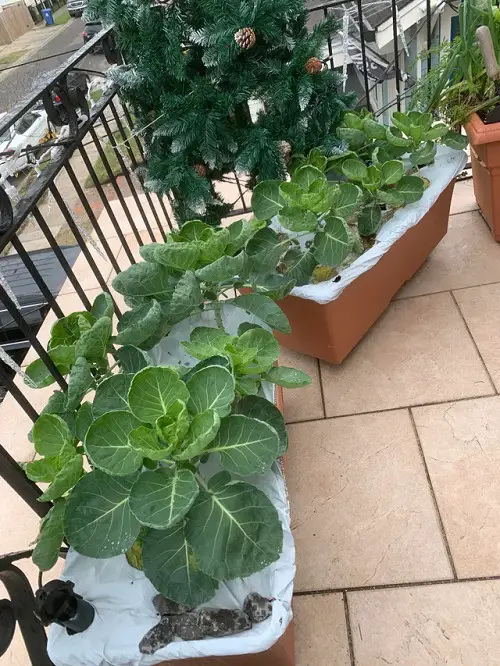
Botanical Name: Brassica oleracea var. gemmifera
These mini cabbages are a great option as a nutritious side dish or main course. Plant seedlings in cool soil and provide regular watering. Harvest when the sprouts reach 1-1.5 inches.
7. Kale
Botanical Name: Brassica oleracea acephala
This Cruciferous vegetable is a superfood! The dark green leaves of kale are rich in vitamins A, C, and K, fiber, and antioxidants. When cultivating kale, plant seeds in an area with full sun exposure, while ensuring the soil stays consistently moist.
8. Rutabaga
Botanical Name: Brassica napus Napobrassica Group
Also popular as Swedish turnip, rutabaga is hearty and slightly sweet. To cultivate this delicious veggie, sow seeds in moist soil, and thin seedlings to give them room to grow. Harvest when roots reach 3-5 inches.
9. Cauliflower
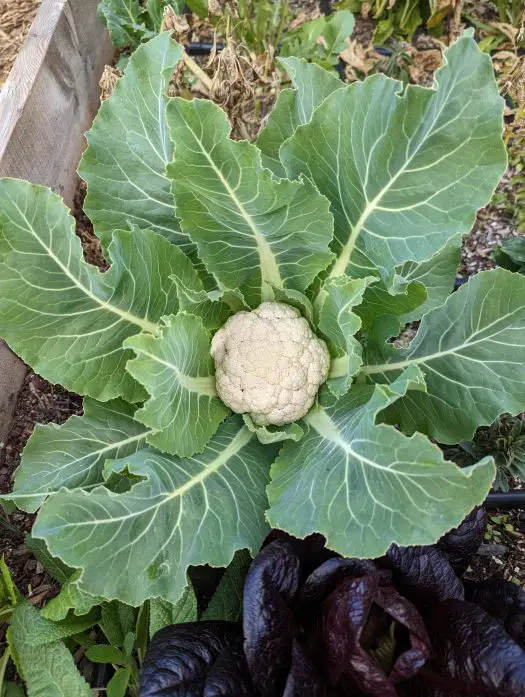
Botanical Name: Brassica oleracea var. botrytis
This popular cruciferous vegetable is the best source of vitamins C and K, fiber, and folate. To cultivate, begin by starting seeds indoors and then transplanting them into the garden when temperatures are mild.
10. Turnips
Botanical Name: Brassica rapa subsp. rapa
Turnips are rich in antioxidants like quercetin and beta-carotene. To cultivate these nutritious roots, plant seeds directly into the ground and thin out seedlings to promote bulb growth.
11. Watercress
Botanical Name: Nasturtium officinale
Watercress thrives in aquatic environments and is rich in vitamins A, C, and K, iron, and calcium. To cultivate it, plant it in shallow containers or moist soil, ensuring a constant supply of moisture.
12. Cabbage
Botanical Name: Brassica oleracea var. capitata
This nutrient-rich, cruciferous vegetable is an amazing source of fiber and vitamin C that makes the immune system strong. For optimal growth, plant it in early spring or fall, ensuring the soil remains cool and adequately wet.
13. Wasabi
Botanical Name: Wasabia japonica
Famous for its pungent flavor, wasabi contains health-boosting isothiocyanates. While it requires shade and moist, well-draining soil, cultivating this plant can be a challenge. However, the effort is undoubtedly rewarding!
14. Collard Greens
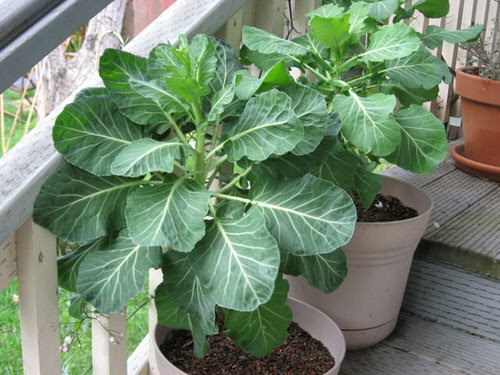
Botanical Name: Brassica oleracea var. viridis
To grow the plant, sow seeds in well-draining soil, providing them with the right environment to thrive. When it comes time to harvest, you can pick individual leaves, or harvest the entire plant.
15. Tatsoi
Botanical Name: Brassica rapa subsp. narinosa
This rosette-forming Asian green features dark leaves and thrives in cool weather. To ensure a plentiful yield of vitamin-rich foliage, cultivate it in fertile soil and make sure it gets plenty of bright, indirect light.
16. Kohlrabi
Botanical Name: Brassica oleracea Gongylodes Group
To cultivate this nutritious veggie, start by sowing seeds in rich, moist soil and remember to thin out seedling as they grow. Harvest when the swollen stems are 3-4 inches wide. For more details, check this article.
17. Mustard Greens
Botanical Name: Brassica juncea
Popular for their spicy flavor, mustard greens are really easy to grow and you just need a small pot on a bright windowsill for it. Keep on harvesting leaves when the plant grows to a height of about 10-14 inches.
18. Chinese Cabbage
Botanical Name: Brassica rapa subsp. pekinensis
Napa cabbage not only provides dietary fiber, but also supports digestive health which makes it a nutritious addition to your diet. When planting its seeds, make sure the soil is fertile and water consistently to cultivate tender and crisp heads.


